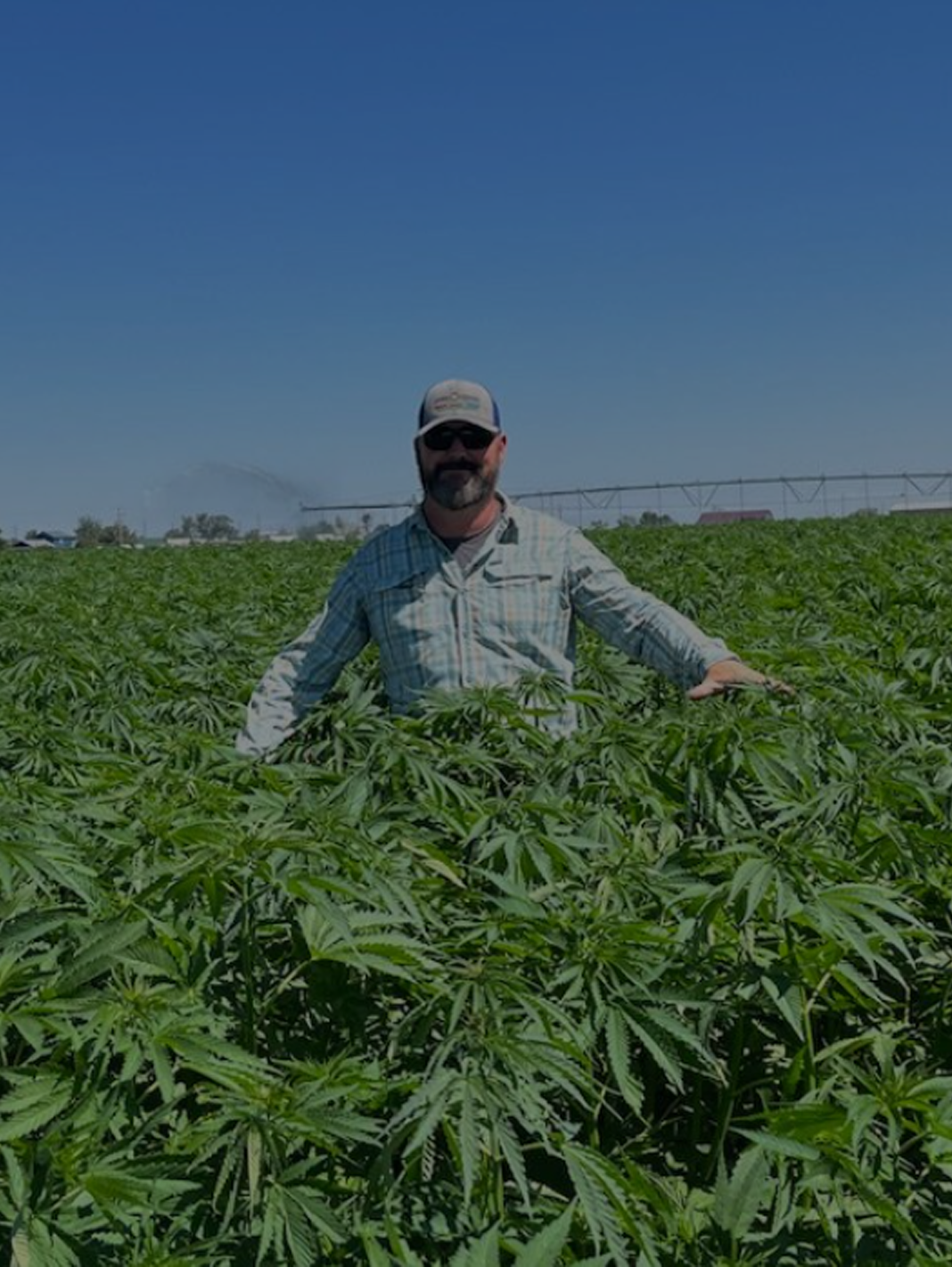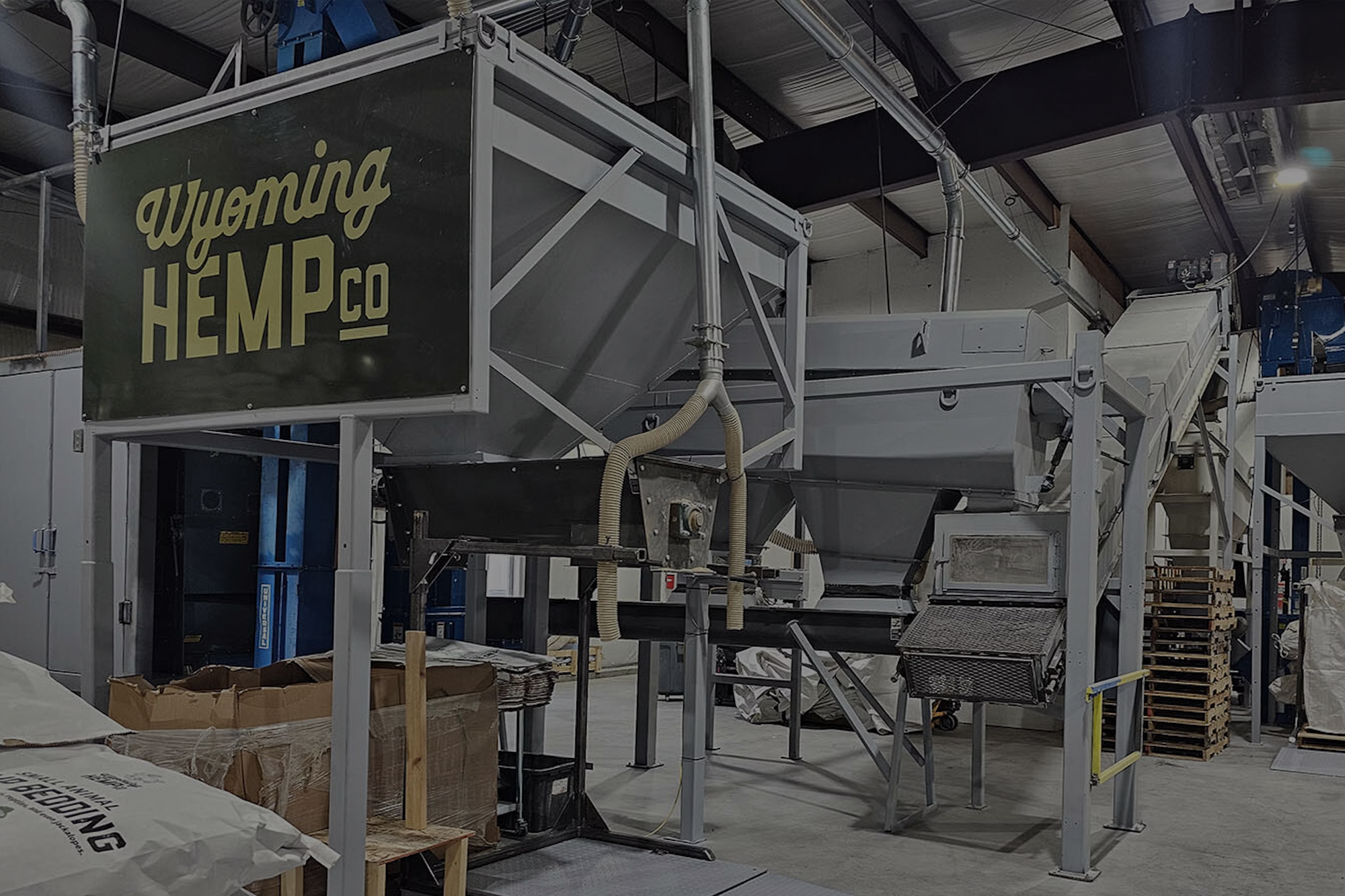Frequently Asked Questions
Our Latest Interview
For Media & Interviews
The team at Wyoming Hemp Company is available for interviews, press comment, podcast appearances, expert panels, and educational collaborations. As leaders in the American industrial hemp industry, from soil health to sustainable manufacturing, we welcome the opportunity to share our insight and experience.
Our team regularly provides expert commentary on hemp farming, regenerative practices, and the U.S. industrial hemp market. We also participate in podcasts, industry panels, and media interviews, contribute to educational content and policy discussions, and serve as a resource for lawmakers, institutions, and organizations shaping hemp-related policy.
If you're a journalist, podcast host, educator, or policymaker, contact us.






